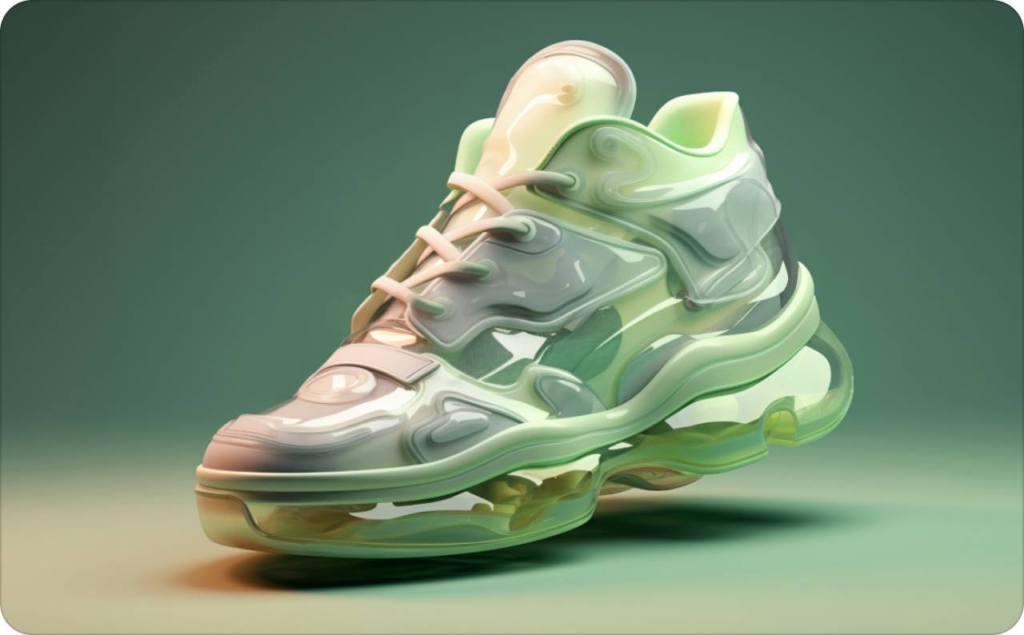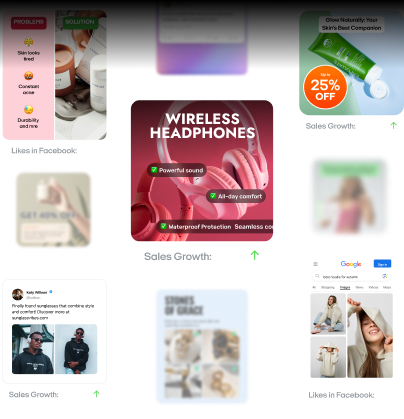Awareness campaigns: What they are, how to run them, and 15 examples that work
What makes awareness campaigns truly unforgettable? Zeely AI reveals data-driven insights and real examples that show how impactful awareness campaigns are built.
You’ve probably noticed how some ads stay with you for days while others fade the second you scroll past them. That’s the difference between raw impressions and real awareness. A brand awareness campaign is designed to make your brand, cause, or message stick in someone’s memory. The challenge is that attention is fragile and competition for it is fierce.
This guide gives you the tools you need to run an awareness campaign that actually works. You’ll see more than 30 examples across brands, nonprofits, and healthcare. You’ll also get a 10-step plan, templates you can download, and a simple way to measure if your campaign really built awareness or just bought empty reach. Think of this as your all-in-one playbook for creating campaigns people remember and talk about.
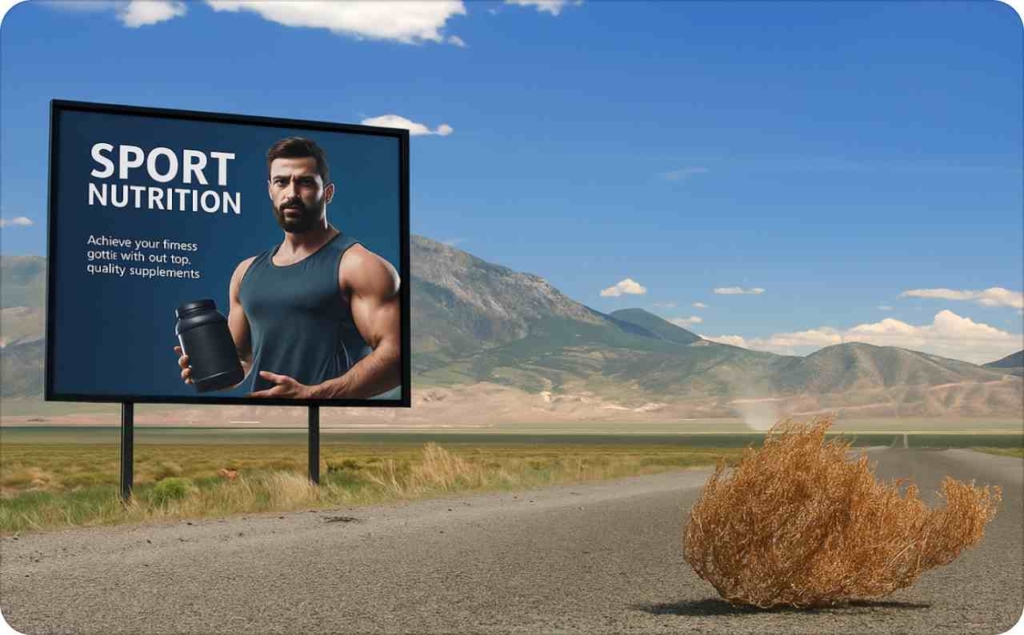
What is brand awareness?
Brand awareness is the level of familiarity people have with your brand. It answers a simple question: when someone thinks about your product category, do they think of you? Strong brand awareness means your name comes to mind first, shows up in conversations, and gets searched without prompts.
From a marketing perspective, building awareness is the first stage in the customer journey. Before you can drive consideration, preference, or purchase, you need visibility. Awareness campaigns focus on reach, recall, and emotional appeal. Unlike fe, the goal here isn’t an instant click or conversion. The goal is to increase the share of mind.
When you plan a brand awareness campaign, you’re working with a few key ideas:
- Recognition vs recall: recognition means someone remembers you when they see your logo; recall means they can name you without prompts
- Top-of-mind awareness: being the first brand someone names when asked about your category
- Branded search volume: people actively searching your brand name is a signal of awareness growth
- Share of voice: the portion of total category conversations or ad impressions you own compared to competitors
What are the main goals of an awareness campaign?
The main goals of an awareness campaign go beyond impressions. You want to:
- Grow your audience reach so more people know your name
- Improve brand recall so people think of you without reminders
- Increase branded searches that show intent and interest
- Drive engagement that signals resonance with your message
- Build preference over competitors by anchoring your brand as the default choice
Each of these goals connects to measurable signals: surveys for recall, search data for branded queries, engagement rates on social, and share of voice in your category.
When brand awareness is the right bet?
You don’t always need an awareness campaign. Sometimes performance ads or direct response are a better fit. But awareness is your best bet when:
- You’re launching a new product or entering a new market
- You’re creating a new category and need to educate people
- You want to reach audiences who don’t yet know you exist
- You’re tackling stigma or changing behavior in health and nonprofit spaces
- You’re building long-term loyalty instead of chasing one-time clicks
Awareness is about planting seeds. You may not see the payoff immediately, but over time it drives preference, credibility, and customer lifetime value.
The 10-step brand awareness plan from brief to lift
Running an awareness campaign feels overwhelming if you don’t have a framework. This 10-step plan gives you a repeatable structure. Think of it as your blueprint for awareness campaign strategy. Each step builds on the last so you can launch with clarity, track the right awareness campaign KPIs, and prove lift in brand recall.
| Step | What you do | Why it matters | Pro tips |
| 1. Define objectives & KPIs | Set clear goals: aided recall, unaided recall, branded search growth, share of voice, CPM efficiency. | Without defined objectives you’ll confuse impressions with impact. | Align objectives with funnel stage: reach + recall at the top, preference + brand lift as you move down. |
| 2. Audience & insight | Identify who you want to reach and what job they need solved. Map barriers and motivations. | Awareness without relevance is wasted reach. | Use surveys, social listening, and search intent data to sharpen insights. |
| 3. Message & creative angle | Craft one big idea people will remember. Choose storytelling, humor, UGC, or social challenges. | A clear creative hook increases recall and shareability. | Test creative concepts in small focus groups before scaling. |
| 4. Channel mix & frequency | Choose channels: paid social, YouTube/CTV, OOH/DOOH, PR, influencers. Plan optimal frequency (3–5 exposures). | Awareness depends on both reach and repetition. | Diversify your mix to avoid ad fatigue and use cross-channel synergies. |
| 5. Brand safety & suitability | Protect your reputation by controlling placements and contexts. | Misplaced ads can damage trust instead of building it. | Use brand safety tools, blocklists, and suitability frameworks. |
| 6. Test design | Set up pre/post surveys, geo-split tests, or incrementality studies. | Testing proves whether awareness changes are due to your campaign. | Keep holdout groups to measure true lift. |
| 7. Measurement plan | Track KPIs: aided/unaided recall, brand lift surveys, search trend deltas, direct traffic growth. | You can’t manage what you don’t measure. | Combine survey data with digital metrics for a full view. |
| 8. Budgeting & pacing | Map reach curves: how many impressions needed per person for recall lift. Distribute spend to avoid oversaturation. | Smart pacing prevents wasted budget and maximizes incremental reach. | Use tools to forecast reach vs spend across channels. |
| 9. Experiment log | Document what worked: creative angles, frequency sweet spots, channel ROI. | You’ll learn faster when you track tests systematically. | Keep a running log for future campaigns. |
| 10. Debrief template | Summarize results: objectives vs outcomes, lessons learned, next steps. | A structured debrief closes the loop and builds organizational memory. | Share learnings across teams so insights compound over time. |
When you follow these 10 steps, you don’t just run ads — you build a system for brand growth. This plan works across brand awareness campaign examples, public awareness campaign examples, and even nonprofit or medical awareness campaigns. The process scales because strategy stays the same while creative execution adapts to your audience.
15 awareness campaign examples
Barbie Movie – pop culture takeover that turned curiosity into recall
Barbie’s 2023 launch used hundreds of partnerships, AR tools, stunts, and creator collaborations to flood culture. The campaign blended physical activations with memeable digital moments to raise brand awareness and drive intent.
Why it works
- Cultural ubiquity increases unaided recall in search and conversation
- Creator economy delivers low-friction, high-reach UGC
- Physical stunts create PR moments you can repurpose to digital
- Awareness – KPI – multichannel impressions at global scale
How to use it in your advertising
Pick one playful world your audience already loves and place your brand inside it. Give people a reason to co-create content and make it easy to share. Anchor the story with one interactive tool, then amplify via partners and PR.
Duolingo TikTok – entertainment-first content that builds fame
Duolingo treated TikTok like a stage, not a billboard, and let Duo the mascot lead. The result was outsized reach, follower growth, and above-benchmark engagement that strengthened brand awareness and preference.
Why it works
- Native humor matches platform culture and user intent
- Serial characters keep viewers coming back, improving recall
- Entertainment signals brand relevance to Gen Z
- Awareness – KPI – reach 38 million users with engagement above benchmark
How to use it in your advertising
Develop a recurring character or bit that fits your values. Publish fast, respond in comments, and remix trends while staying on voice. Treat every post like a micro episode people want to follow.
Spotify wrapped – personal data turned into social proof
Wrapped packages each listener’s year into a colorful, brag-worthy story, prompting mass sharing every December. The ripple effect lifts app installs and top-of-funnel awareness while reinforcing Spotify’s role in music discovery.
Why it works
- Personalization increases emotional salience and memory
- Built-in social mechanics create zero-cost distribution
- Seasonal timing trains behavior and primes expectation
- Awareness – KPI – app downloads up 21 percent in the first week of launch window
How to use it in your advertising
Turn product data into a fun annual report that people love to post. Seed billboard and creator teasers, then make sharing one-tap simple across TikTok and Instagram. Keep the template stable so it compounds year over year.
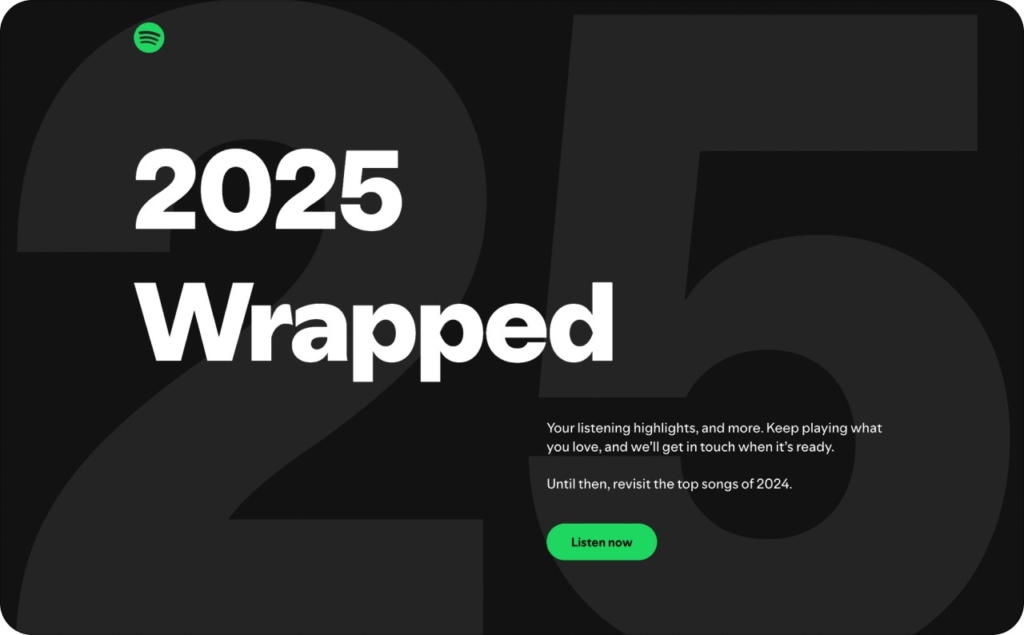
Photo source: Spotify Wrapped
Heinz “Ketchup fraud” – protecting authenticity to spark conversation
Heinz asked fans to identify restaurants swapping in off-brand ketchup, then spotlighted verified venues. The campaign drove extraordinary engagement, strong sentiment, and a measurable sales lift while reinforcing leadership.
Why it works
- Controversy plus participation fuels talkability and recall
- Category truth aligns with brand promise and equity
- Clear call to action ties awareness to behavior
- Awareness – KPI – engagement 128x above benchmark and 8 percent sales uplift
How to use it in your advertising
Find a real category problem people already discuss. Invite your audience to help fix it and celebrate partners who do it right. Use short case videos to scale the story across social and OOH.
World sight day “Love your eyes” – a global pledge that mobilizes action
IAPB’s #LoveYourEyes asks people and organizations to pledge a vision check around World Sight Day. In four years, more than 25 million people pledged, and the 2024 focus on child eye health extended reach to schools and families.
Why it works
- Simple pledge lowers the barrier to participation
- Clear timing creates urgency and ritual
- Partnerships multiply local events into global media
- Awareness – KPI – tens of millions of pledges plus broad press coverage
How to use it in your advertising
Build a one-click pledge that maps to a positive, easy action. Equip partners with toolkits for local events and let them report back with photos and short clips you can aggregate into a global highlight reel.
Earth hour 2024 – a simple pledge that scaled into global attention
Earth Hour invites people to “give an hour for Earth” and log that hour in an online Hour Bank. In 2024, supporters from more than 180 countries contributed about 1.466 million hours, with #EarthHour trending across major search engines in 25 countries. Awareness increases attention. Attention increases search. Search increases participation.
Why it works
- One-click pledge lowers friction and matches altruistic motivation
- Time-bound moment creates urgency and habit
- Landmark lights-off visuals generate PR and social sharing
- KPI fit: pledged hours, search trends, partner participation
How to use it in your advertising
Give your audience one easy action they can log and celebrate. Set a specific hour, equip partners with share kits, and film iconic visuals you can repurpose to social, OOH, and CTV. You turn a small ritual into a big story people want to join.
Movember – grow a mustache, grow massive awareness for men’s health
Movember turns a mustache into a month-long signal for men’s health. In 2023–24 the movement raised $137.2 million globally and mobilized 311,249 participants, while expanding programs for prostate cancer, testicular cancer, and mental health. Identity drives belonging. Belonging drives repeat participation. Participation drives reach and donations.
Why it works
- Personal display taps social proof and everyday conversations
- Clear seasonal cadence increases share of voice each November
- Fundraising ties awareness to action and measurable outcomes
- KPI fit: funds raised, registered participants, returning supporters
How to use it in your advertising
Invite people to wear or show something visible for a set period. Give them story prompts, local meetups, and a progress tracker. When the community builds the narrative, you scale awareness with energy you do not have to buy.
Red Nose day – retail plus media that makes giving feel fun
Comic Relief US built a decade-long event that mixes retail partners, TV moments, and a shareable red nose filter. Since 2015, Red Nose day has raised more than $370 million and supported programs reaching over 35 million children and young people. Joy invites sharing. Sharing increases reach. Reach increases donations.
Why it works
- Simple prop lowers the barrier to public participation
- Retail checkout prompts connect intention to action
- TV tentpole boosts awareness and trust at national scale
- KPI fit: funds raised, households reached, partner sales lift
How to use it in your advertising
Create a symbol people can wear and post. Sync retail, creator content, and a broadcast moment, then give fans a filter to spread the look. You make generosity visible and easy to copy.
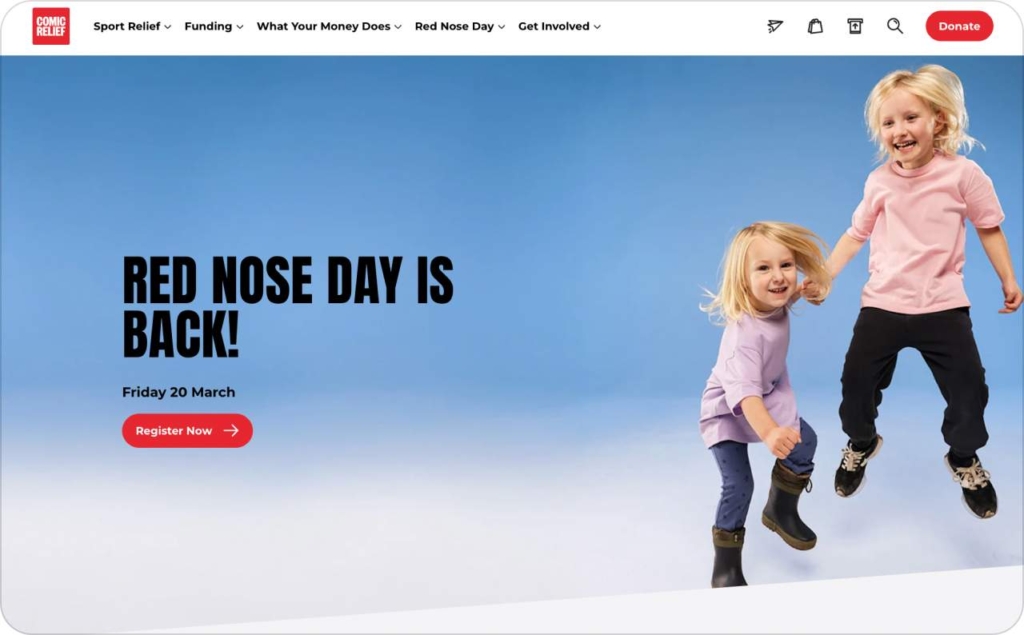
Photo source: Comic Relief
CDC “Tips from former smokers”: Real stories that moved millions to act
The CDC used real former smokers telling their stories across TV and digital. From 2012 to 2018, Tips drove more than 16.4 million quit attempts and about one million successful quits, prevented an estimated 129,000 early deaths, saved an estimated $7.3 billion in healthcare costs, and generated over two million additional calls to 1-800-QUIT-NOW through 2023. Fear becomes urgency. Urgency becomes help-seeking. Help-seeking becomes quits.
Why it works
- Authentic testimony increases emotional salience and memory
- Always-on bursts drive immediate spikes in helpline traffic
- Cost-effectiveness strengthens policy and funding support
- KPI fit: quit attempts, quits, calls, cost per life saved
How to use it in your advertising
Feature real people and clear steps to help. Run concentrated flights, measure search and helpline spikes, then sustain with retargeting and fresh stories. You pair empathy with a practical path to change.
Prostate cancer risk checker: A 30-second tool that unlocked earlier diagnosis
Prostate Cancer and the NHS launched a 30-second risk checker that guides higher risk men to speak with a GP. Since 2021, more than 3 million men have used the tool. During the 2022 push, urological cancer referrals rose 23 percent month over month and 30 percent year over year, and by November 2022 the tool had been used over 1 million times, helping an extra 1,800 men receive a diagnosis. Utility reduces friction. Friction reduction increases clinic visits. Clinic visits increase early detection.
Why it works
- Risk triage meets user intent at the moment of concern
- Co-branded NHS partnership increases trust and compliance
- Always-on PR plus retail partners extend reach beyond health channels
- KPI fit: tool completions, referrals, confirmed diagnoses
How to use it in your advertising
Offer a lightweight checker with a clear next step. Point men to book with their GP and give community partners ready-made assets. You help people act fast and you can prove impact in referrals and diagnoses.
Nike “Dream crazy” featuring Colin Kaepernick
Nike centered a high-profile voice to spark conversation about courage and sport. The work ran across TV, social, and OOH and immediately moved online sales. Brand takes a stand, audience pays attention, awareness grows.
Why it works
- Clear stance signals identity, which boosts mental availability
- Celebrity anchor compresses reach and recall curves
- Earned media multiplies paid impressions
- KPI fit: 31 percent online sales increase after launch
How to use it in your advertising
Pick a value that truly lives inside your brand, not a borrowed slogan. Tell a simple story about that value and give people a reason to share it. When belief matches behavior, trust compounds and your brand stays top of mind.
Always “#LikeAGirl” – reframing social norms
Always flipped a negative phrase into a confidence movement, then backed it with research and a Super Bowl moment. The idea created cultural talk and measurable lifts in preference and intent. Message reframes meaning, meaning changes behavior, behavior builds brands.
Why it works
- Social proof plus empowerment raises recall
- Research-backed insight aligns with real audience pain
- Hero film plus social UGC creates a repeatable ritual
- KPI fit: purchase intent increased up to 92 percent, strong support from core audience
How to use it in your advertising
Find a harmful norm in your category and rewrite it with your audience’s voice. Invite people to post their own examples and keep the template stable so the story can grow each year. You turn a phrase into pride and earn long-term awareness.
#TeamSeas by MrBeast, Mark Rober, Ocean Conservancy – massive UGC turns donations into measurable cleanup
#TeamSeas set a simple promise, one dollar removes one pound of ocean trash, and rallied thousands of creators. The movement raised $30 million and funded removal of more than 34 million pounds of debris worldwide. Simple pledge creates action, action creates proof, proof creates trust.
Why it works
- Clear exchange rate makes the impact tangible
- Creator network converts followers into peer-to-peer media
- Ongoing progress updates sustain attention and search
- KPI fit: 34,080,191 pounds removed and $30 million raised
How to use it in your advertising
Define a crisp unit of impact that anyone can understand, then show progress in public dashboards. Invite partners to own a slice of the challenge. When results are visible, your awareness multiplies without heavy spend.
UN women “heforshe” – allyship turns bystanders into active messengers
HeForShe invited men and all genders to sign on as equality champions, then organized corporate and government partners to report real changes. The program has grown into a durable global platform with ongoing updates. Invitation creates belonging, belonging sustains engagement, engagement drives policy talk.
Why it works
- Identity-based call to action activates personal networks
- Annual reporting keeps the story credible and current
- Coalition model scales reach across sectors
- KPI fit: more than 2 million activists and billions of online conversations per year
How to use it in your advertising
Offer a clear role people can play and reflect their impact back to them. Publish progress reports and highlight local champions. You build a movement that keeps awareness alive between campaign flights.
Metro trains Melbourne “Dumb ways to die” – catchy content teaches safety and sticks in memory
Metro Trains used a playful song and characters to teach rail safety, then extended the idea into games and social content. The creative went viral on YouTube and generated years of earned media. Entertainment captures attention, attention improves recall, recall changes behavior.
Why it works
- Humor lowers resistance to serious topics
- Music and repetition encode the message
- Transmedia format keeps the idea fresh
- KPI fit: Metro reported about a 20 percent reduction in near-misses after launch, plus massive online reach
How to use it in your advertising
Turn your safety or behavior message into a fun format people want to replay. Release lightweight spin-offs that keep the jingle and characters alive. You make learning feel like play and awareness lingers.
Why you need an AI ad generator for brand awareness campaigns
When you invest in brand awareness campaigns, creativity is only half the battle. The other half is measuring advertising campaigns so you know if people really remember you. Zeely AI solves both. It’s an AI ads generator built to automate static and video ads while giving you the tools to track and refine performance. Instead of weeks of manual design, you get automated ad creation and clear reporting that shows lift in reach, recall, and engagement.
With Zeely you can:
- Save time with instant, high-quality ads tailored to your audience
- Launch automated static ads and video ads that match your brand kit
- Boost ROI with AI UGC proven to perform
- Scale campaigns seamlessly across Meta and Shopify
- Keep advertising simple with ready-to-use templates anyone can manage
- Measure campaign impact with clear metrics tied to awareness goals
In today’s market, you can’t afford to run awareness campaigns you can’t measure. AI makes the process scalable and accountable: it builds the creative, automates the workflow, and shows you what works.
That’s why the Zeely app is more than an AI ad generator — it’s your must-have tool to create, scale, and measure brand awareness campaigns with confidence.
Also recommended


